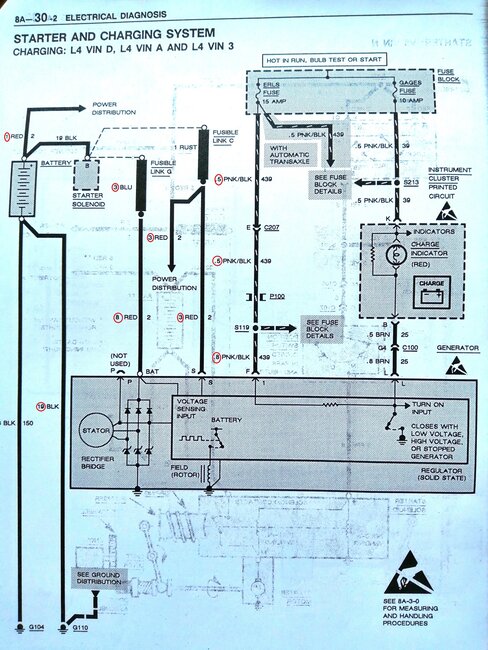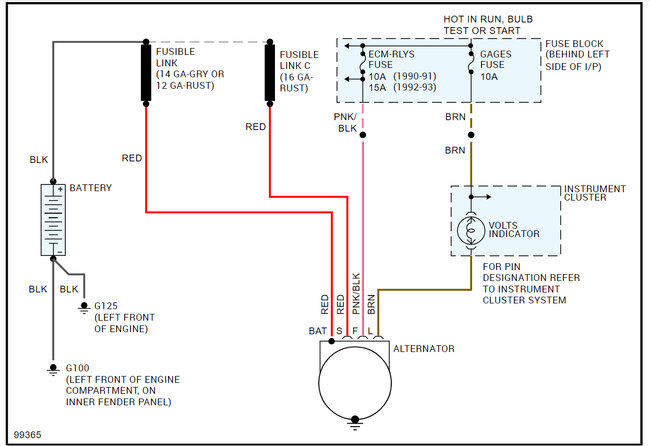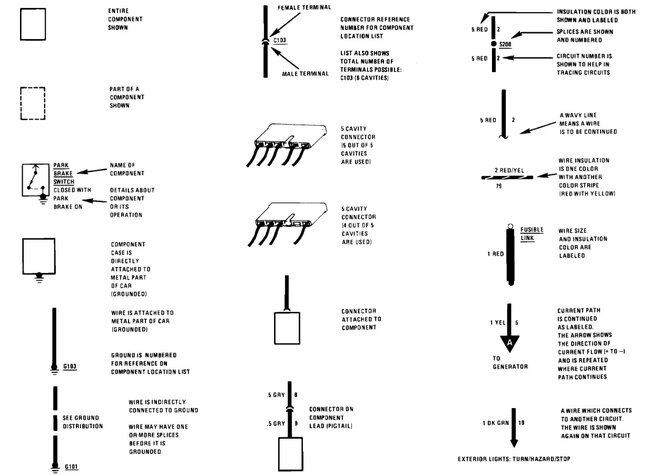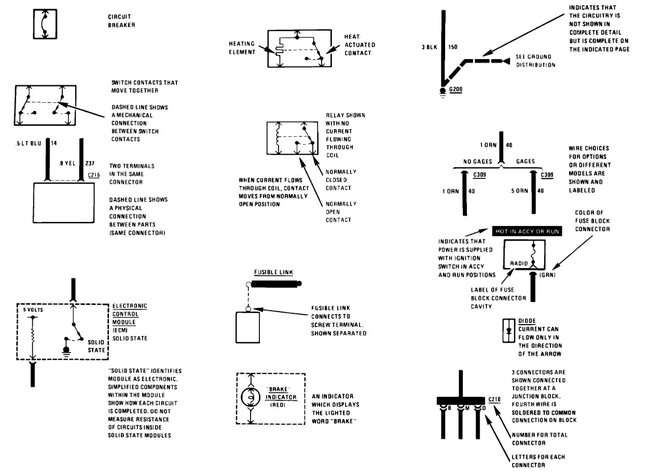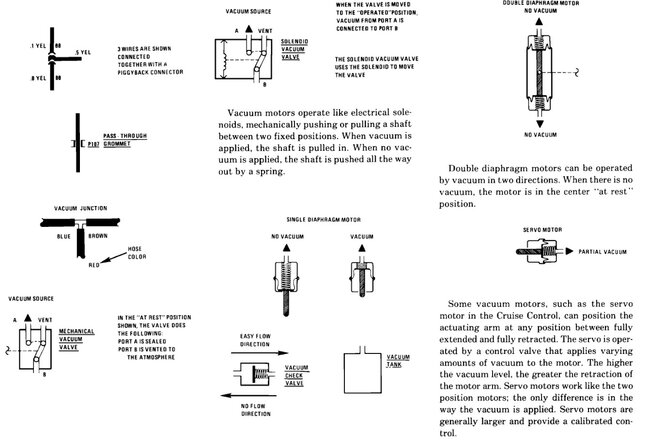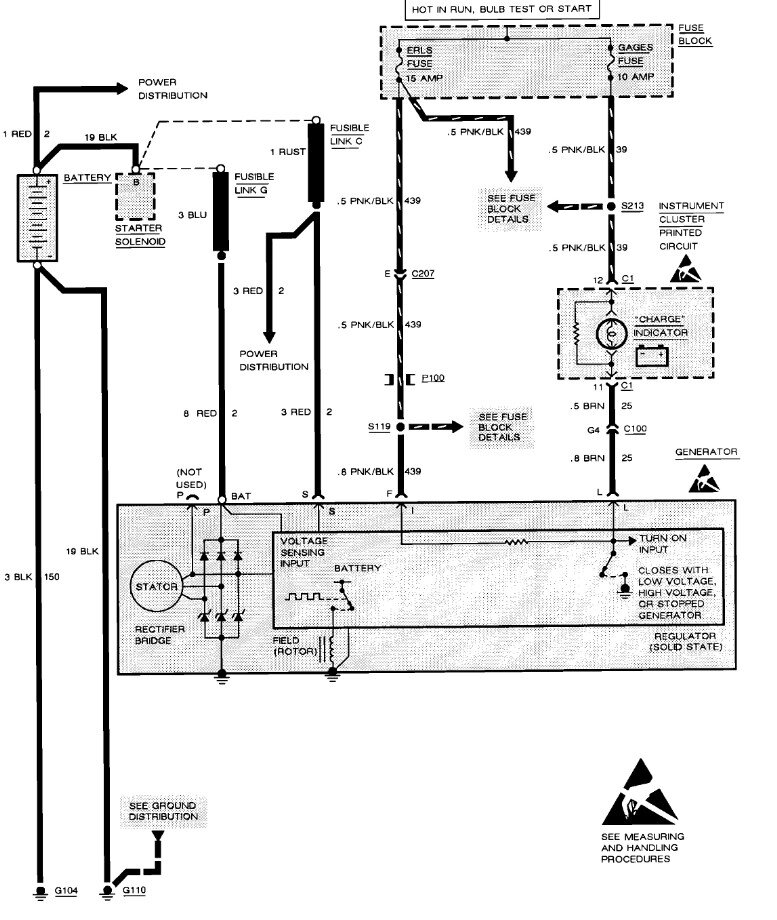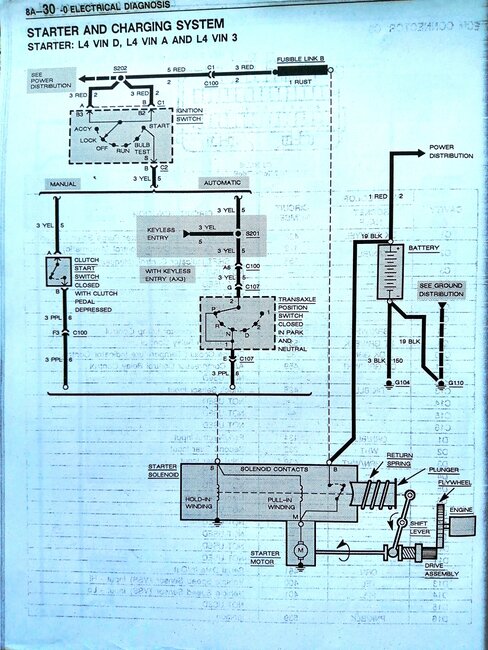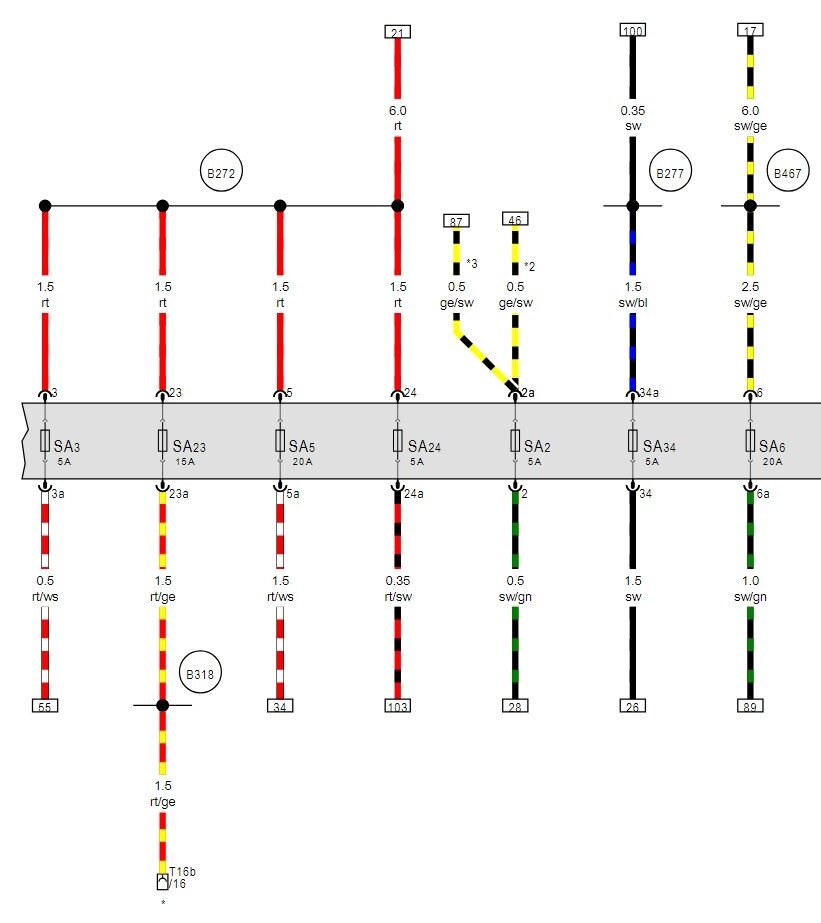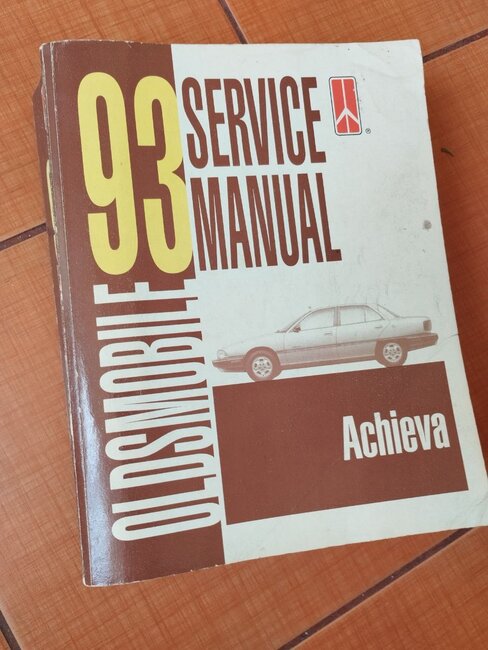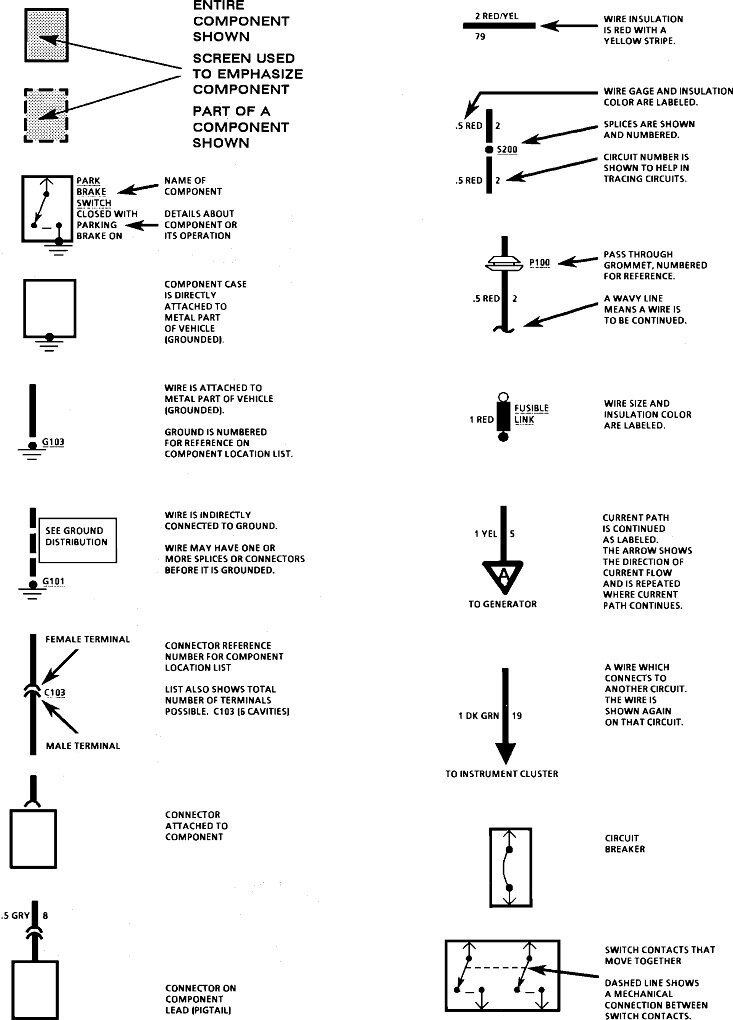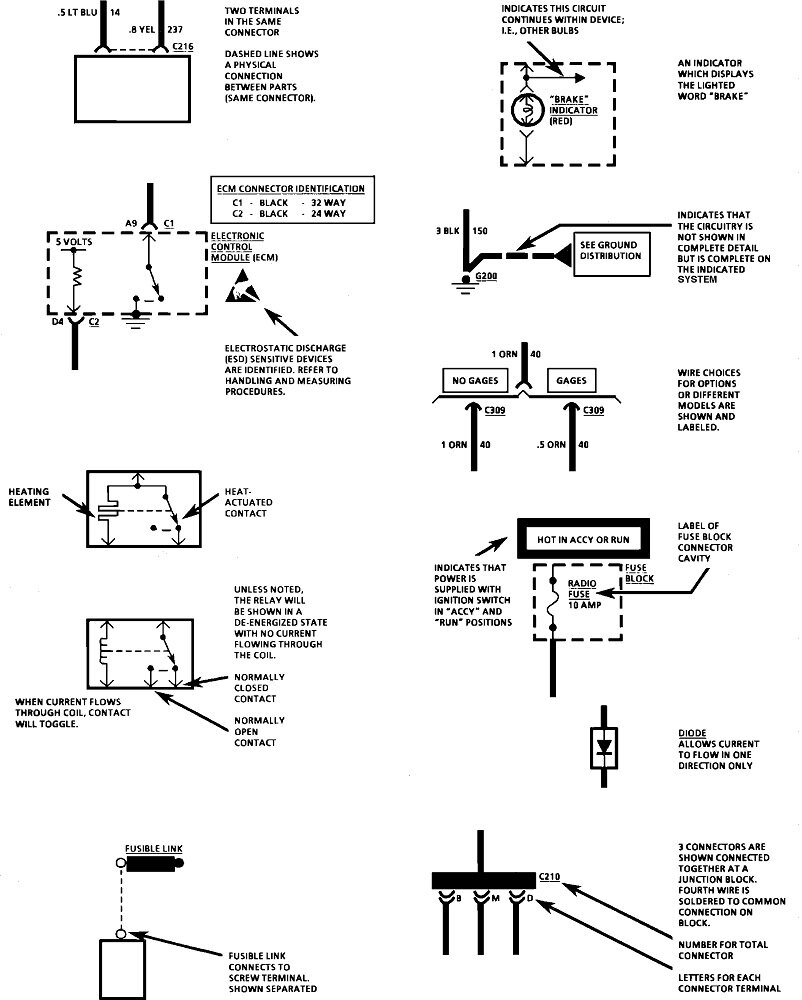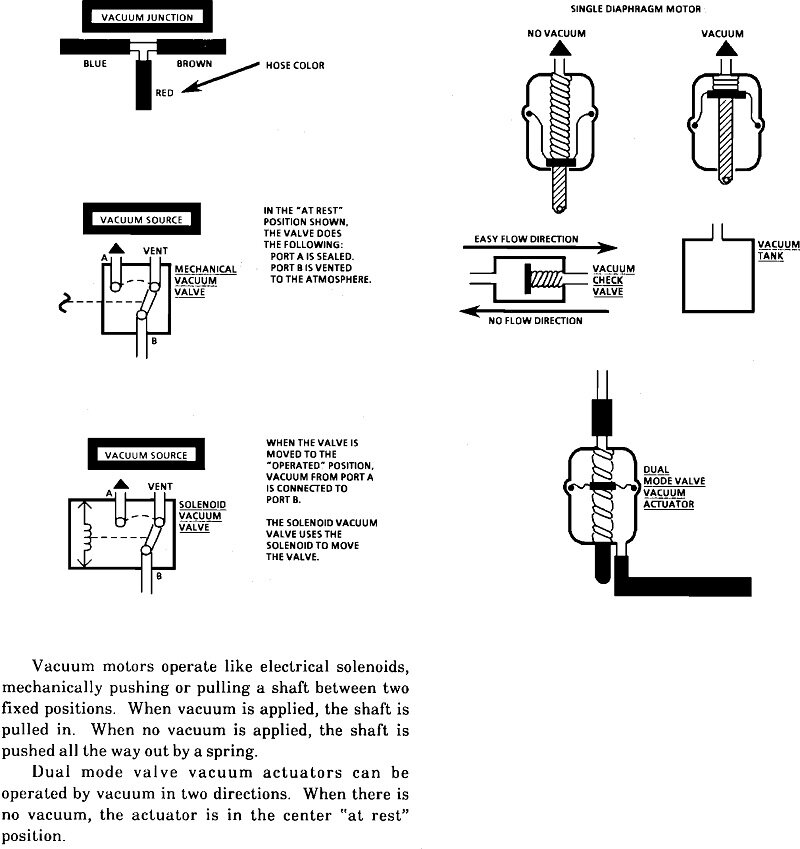Hi guys. I've been following along to learn new stuff, but I have to add one comment of value. If anyone thinks there are no errors in books and service manuals, shows you haven't been in the business very long. At the dealership I worked for, they got sticky pages every week straight from the manufacturer to stick over pages in their service manuals. Those were to correct mistakes mechanics had found. You could also buy those oem manuals. They were shipped out from one of their training centers. In my case, the nearest one was in Milwaukee. This was also one of the facilities where the instructors took in vehicles that had defied diagnosis by normal means, and it was where service bulletins originated from. They had a couple of large rooms filled with shelves of new service manuals and specialty diagnostic manuals like for ABS and transmissions. What they did not have were those correction pages other than the same stack that got sent to the dealerships. That means if you ordered a manual, you never got any of the correction pages. The only way to get them was to buy them at a dealership auction when one went out of business. There was no attempt to keep them secret. The problem was there was no way to know who bought or currently owned a manual, so there was no way to know where to send the pages.
Most of the time, when I bothered to compare a page I was asked to insert, the mistakes involved incorrect or updated wire sizes, or the wrong terminal number was listed next to a connector. It was not common to find a wire with the wrong colors listed, or going to the wrong place. Often the mistake had nothing to do with the circuitry itself. There might be a designation that this wire was continued on "sheet number 32", for example, but it should have said, "sheet 52". You could find the right page eventually, but in the shop, time is money. That correction page saved time by giving the mechanic the right information.
Related to that, most manufacturers make major and minor changes at the end of a model year. One notable exception is Ford. For those vehicles, it is very common to need to know the production date to get the right parts. Diagrams in the service manual will show two alternatives to part of a circuit, with a qualifier next to them stating, "before" or "after" a certain date. Those changes occurred many times throughout the model year, so it was not practical to reprint manuals or correction pages over and over. So what happens when the manuals are printed and distributed early in the model year, and all kinds of changes take place later?
It gets even more miserable with GM diagrams. If you look on AllData under "Radio" diagrams, where you'll often find me, they'll list the high-end version two to five times. One is "(with PHL)" version. The next choice is, "(with AGN)" version, etc. Who the heck, other than a GM mechanic, is going to know what all those designations mean? Sometimes they're referring to an optional system that isn't on every model. Used to be if you didn't have cruise control, you didn't have steering wheel controls, including remote radio controls. They couldn't just say, "with cruise control". They had to use the sales code used when ordering the vehicle.
Sometimes GM uses a three or four-digit code from the vehicle ID number you have to use when looking for the right diagram. We even run into that when selecting between two or three choices of the same engine size when selecting the right service manual.
In any of these cases, it becomes harder and harder to insure we supply the right diagram. We don't know the car's VIN number, and to keep Google's ratings system happy, we aren't supposed to ask which options are on the vehicle, or even which engine size, when it isn't specified. We're supposed to post all of the diagrams for all of the options. Much of that is for the benefit of others researching the topic, but they have different options from what the original person listed. It takes me from five minutes to a few hours to find and copy the diagrams to answer a question, then to format them into a format that can be uploaded. Then we have to try to figure out how to tell the person how to select the right ones. With all these variables, you can be sure there are going to be differences between the diagram and what's on the vehicle.
I should point out too that most aftermarket manuals such as those from Haynes and Chiltons do an extremely poor job with electrical information. That is in part because they are designed for competent do-it-yourselfers, and those people generally don't do much of their own electrical diagnosis. OEM manuals are the best choice by far for that. All of them will have a few pages in front of the electrical section that lay out all the information you're looking for. I used to find Chrysler's wiring designations the easiest to understand, but it looks like they've switched to copying GM's system. I find those very confusing, but all I have to remember is a "3" is smaller than a "5". I don't need to know a wire's gauge or diameter to diagnose a problem, and if I replace a corroded section, all I have to do is find a replacement of the same gauge.
If you use an online service manual service like AllData, their older diagrams were just scanned out of the original service manual, but again, with no correction pages. On their newer diagrams, they often leave out a lot of connectors. They have their own design for drawing diagrams that can be quite useless, and in many cases, easier to follow.
As a point of interest, for my '72 Challenger, 100 percent of the electrical diagrams fits on just two pages in the service manual. Today you can find from 200 to over 400 pages just for the Electrical section, and almost all are on DVDs with no direct links to the next place. These have produced new highs in misery and frustration. You have all the information, but it's impossible to find it.
I know I didn't help answer any question, and I didn't mean to stick my nose in your conversation, but I just couldn't ignore the misbelief there are no mistakes in service manuals.
It occurred to me to look for this information for you. I found there's three choices for the 2.3L engine to select the right service manual. You have to use one letter from the VIN. Then, under general electrical repair, there's 15 articles, and within one of them, I finally found a subsection with the three pages I posted below. These would be the same in all GM manuals, regardless of engine size and options. I'm sorry that they show up too small to read. What I do is copy and paste them into a typing program, like MS Word, where they can be expanded. If you don't know how to do that, I can describe the steps, or I can try to cut them up, then expand each part for you.
I'll step back and let Steve continue with his wondrous wisdom. Holler if you need me.
Images (Click to make bigger)
Wednesday, April 24th, 2024 AT 7:19 PM
